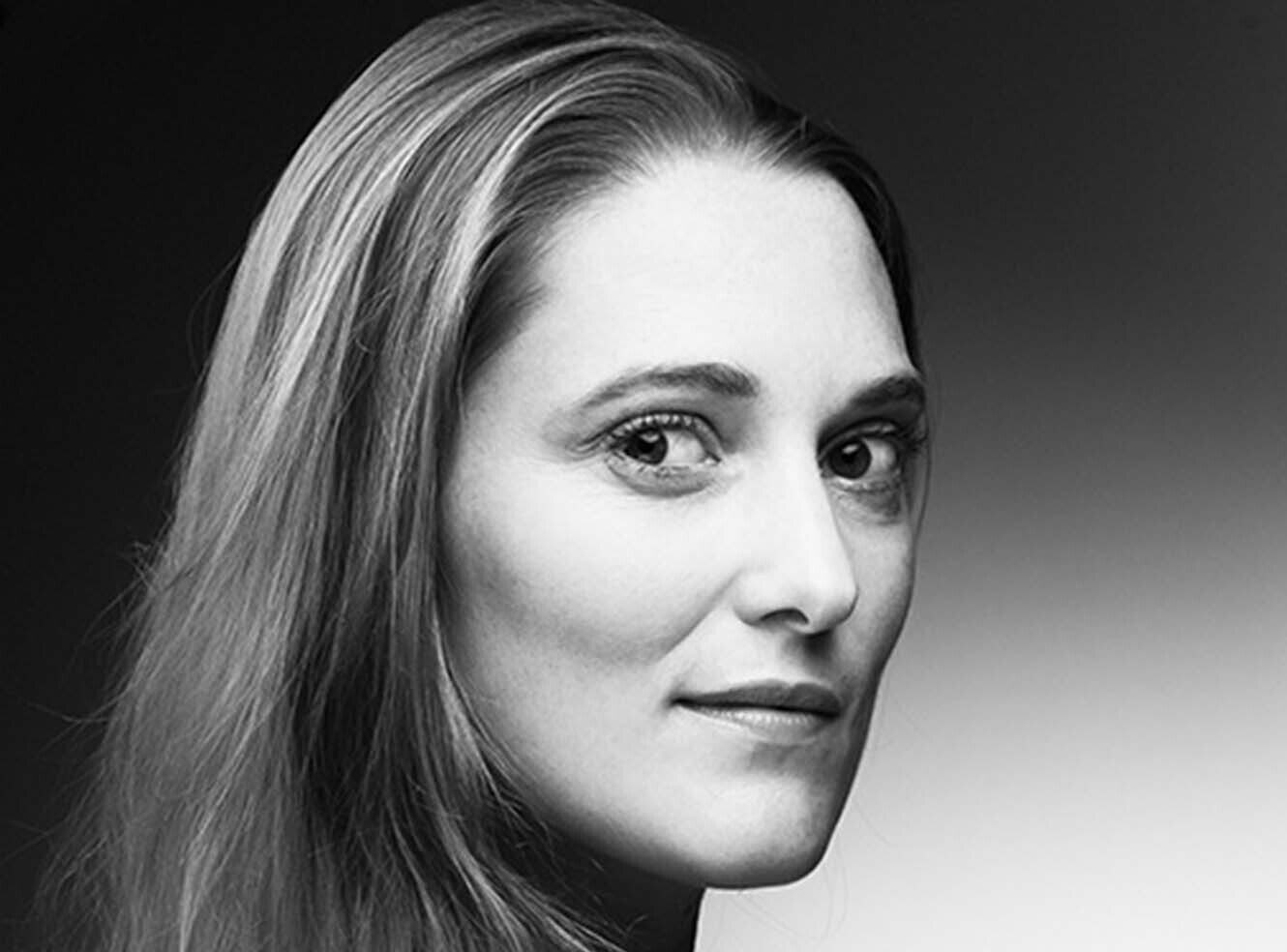BIBA ephemera from 'Rock and Roll'
I have been very lucky to work on our Rock and Roll, Counterculture, Peace and Protest digital collection, which brought back so many memories of the period. Yes - I have to confess, I do remember the 1960s! I lived in London from 1968 for a few years before I went to work in Spain and it is all still very vivid. It was such an exciting time...
Looking through the BIBA catalogue took me back to a different world, a time of excitement when London was the centre of everything – fashion, music, art and culture. I feel very privileged to have been a young woman in the 1960s and to have been able to experience such a wonderful time when young people felt the world was full of opportunities.
I loved looking at the clothes shown in the BIBA catalogue and remembering the fashions of the time. The clothes shown on the catalogue pages are absolutely typical of the sort desired by the young women of the period. They were not only “with it” but cheap, which meant you could buy a different outfit every week. The hairstyles and makeup of the models bring back many memories too. They were exactly what every girl aspired to, the Twiggy look. This involved a bob haircut and dark eyes with very long lashes. If you did not have long lashes on the lower rim of the eye you painted them in with an eyeliner pencil. How silly we must have looked!
In 1968 I lived in Notting Hill in London, which was not the trendy area it is now. I was very lucky as the BIBA shop in Kensington High Street was only a short walk away. So every Saturday my treat was to go to BIBA and browse around. Owning something from the shop was the ultimate in fashion. From the outside the shop was invitingly dark and trendy people lingered around the entrance. It was patronised not only by ordinary customers but also by the rich and famous of “Swinging London”. Entering the shop was like entering a completely different world. It was very atmospheric with a fusion of Art Deco, Art Nouveau and Hollywood styles. Most of the clothes were in darkish colours and were spread around in inviting piles in a haphazard way. Nothing was on rails in the uniform way now used by clothes shops. The sales assistants were dressed in BIBA clothes and were all very young and just seemed to hover around looking beautiful. You could spend hours wandering around and no one bothered you. As well as clothes and shoes you could buy sultry dark shades of makeup and later when BIBA took over the department store of Derry & Toms, furnishings, food and even washing powder, all with the same distinctive BIBA packaging. I bought many outfits in the shop, but the one I particularly remember was a peplum suit made in a deep maroon silky material. I kept it for a long time but eventually threw it out, which I now deeply regret. I also remember very fondly a pair of pink velvet flared trousers which I wore until they were threadbare.
The BIBA label was founded in 1964 by Barbara Hulanicki and the store closed in 1975. But it will never be forgotten. It is part of the history of Britain in the 1960s and early 1970s, and Rock and Roll, Counterculture, Peace and Protest is all the richer for including material from its archives.
Recent posts

AM’s new resource, A Global History of Epidemics, 1800-1970, offers interdisciplinary researchers unique primary sources, interactive tools from maps to timelines, and expert essays, to explore disease history, colonialism, and public health advancements within the British Empire and beyond.

